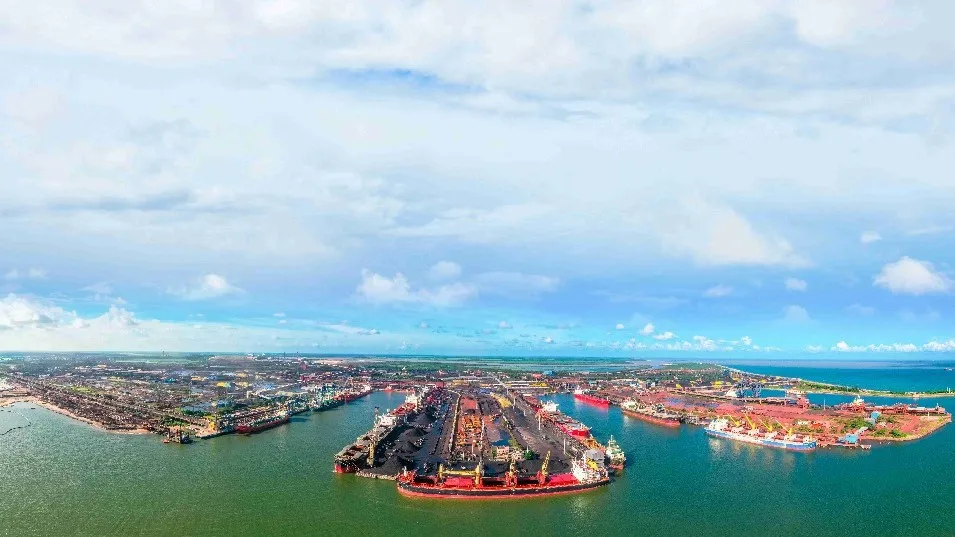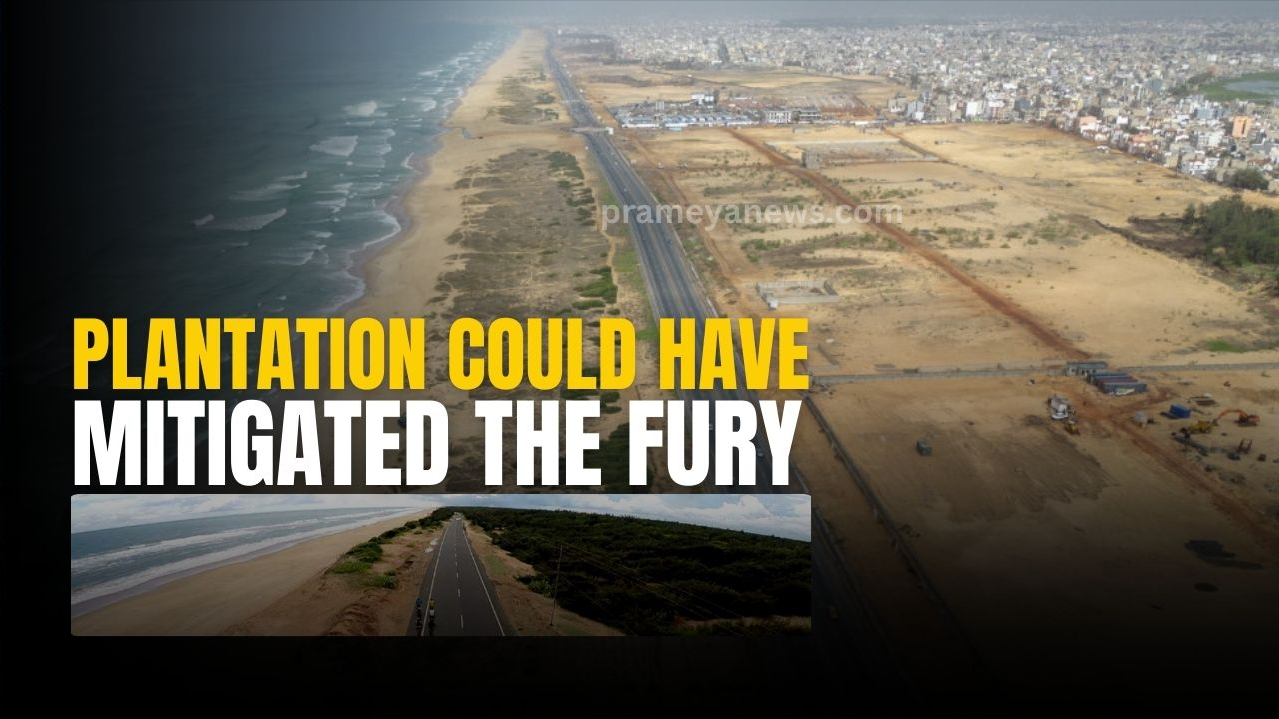

Satyanarayan Mohapatra
In the 1980s, the coastal state of Odisha embarked on a transformative journey with the Odisha Social Forestry Project, a pioneering initiative supported by the Swedish International Development Cooperation Agency (SIDA). This ambitious project aimed to breathe new life into the states degraded and deforested landscapes while empowering local communities and fostering environmental conservation. Little did they know that this endeavor would also contribute to mitigating the impact of intensifying tropical cyclones that lash the state's coastal belt.
Coastal shelterbelts: nature's windbreaks
One of the key features of the project was the creation of coastal shelterbelts, dense plantations of trees strategically positioned along the coastline. These shelterbelts act as natural windbreaks, reducing the destructive force of cyclones and storm surges. Cashew, casuarina, and eucalyptus trees, known for their resilience and adaptability to coastal conditions, were among the chosen species.
How trees tame the fury of cyclones
Beyond cyclone protection
The Odisha Social Forestry Project's benefits extend beyond cyclone mitigation. The project has also:
A green shield for the future
The Odisha Social Forestry Project, despite its noble intentions, remains a poignant reminder of a missed opportunity. Abandoned midway, it serves as a stark contrast to the potential it held in mitigating the impacts of climate change and fortifying Odisha's coastal belt against intensifying cyclones. Had the project reached its full potential, the devastation wrought by Cyclone Dana and its predecessors might have been significantly lessened. The vision of empowered communities, restored landscapes, and a resilient coastal shield remains a poignant "what if" in the face of nature's fury.